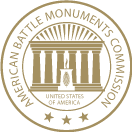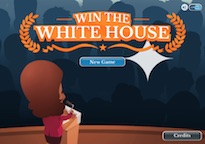This American Battle Monuments Commission (ABMC) Burials and Memorializations database features over 224,000 records of individuals buried or memorialized in ABMC cemeteries and memorials worldwide. Covering 24 cemeteries in 10 foreign countries and 3 additional memorials in the U.S., this database provides online access to burial information of those killed in action primarily during World War I, World War II, the Korean War, and the Vietnam War.
Additional individuals include veterans, active duty military, and civilians. The database also provides information on individuals in the Corozal American Cemetery (Panama) and the Mexico City National Cemetery (Mexico), including civilians and veterans of the Spanish-American War and the Civil War.
The database interface allows students to search by name, war or conflict, service or serial number, branch of service, unit, service entry location, cemetery/memorial, date of death, and keyword. Users can also search for service members who are missing in action and Medal of Honor recipients who are buried or memorialized by ABMC.
This organization of the material allows the user to explore a wealth of information. Students can research the geographic distribution of burials or explore representation among military branches in individual cemeteries. The ABMC database allows users to focus on who is buried and memorialized and to explore the experiences of individual soldiers as well as patterns and commonalities.
Students, for example, could begin to explore the number of women who served as nurses during World War I and the Influenza epidemic of 1918, or the experiences of the 100th Infantry Battalion of the U.S. Army during World War II. Or they could chose to search for an individual from their home state or community and use the database’s information as a starting point to research the life of this individual. They can download search results and print, email, or share individual records.
This valuable research and teaching resource is accompanied by a robust “Education Resources” section featuring interactive timelines and campaign narratives, cemetery or memorial-specific mobile apps, publications, videos, lesson plans, and curriculum ideas. The “Flying Yanks: American Airmen in WWI” interactive, for example, provides historical background for students exploring the air war in WWI, a timeline and map with primary sources, as well as individual stories of airmen.
Students can use the database in conjunction with the learning materials to enrich their understanding of U.S. military history, memorialization, public history, and numerous other historical topics.

